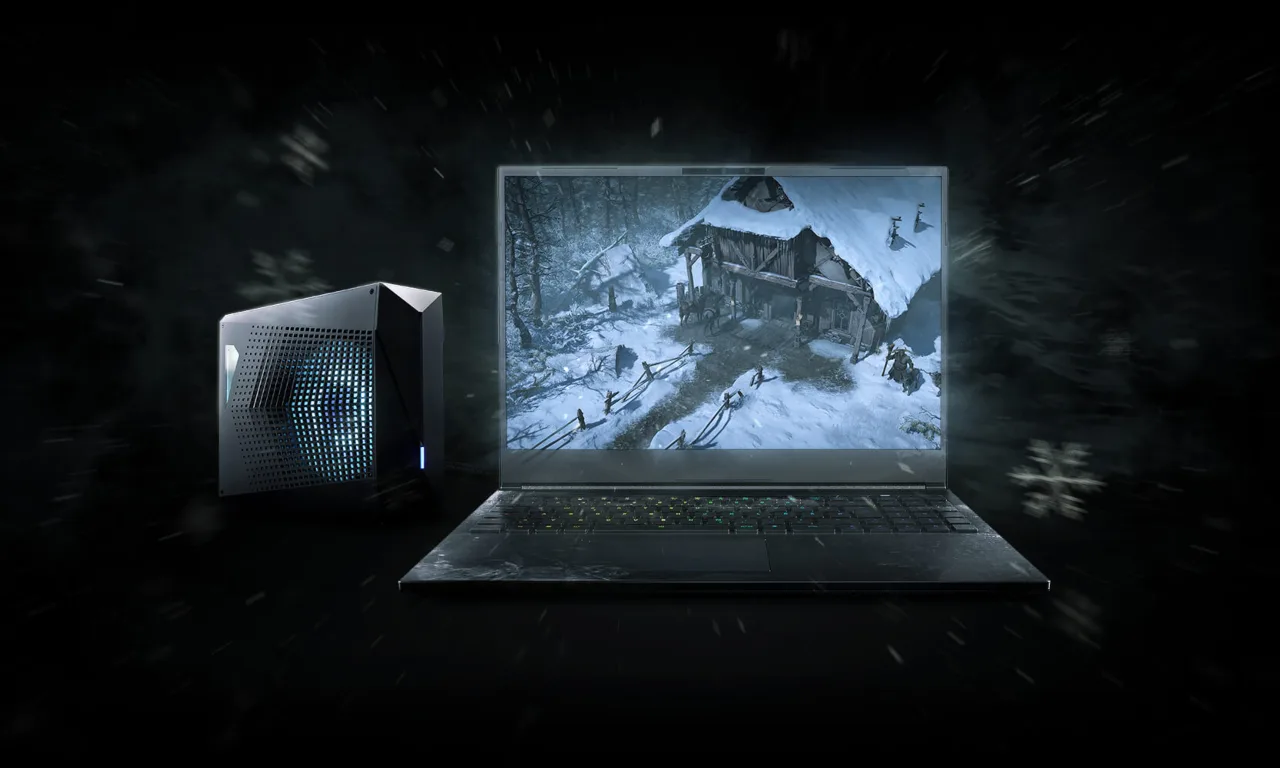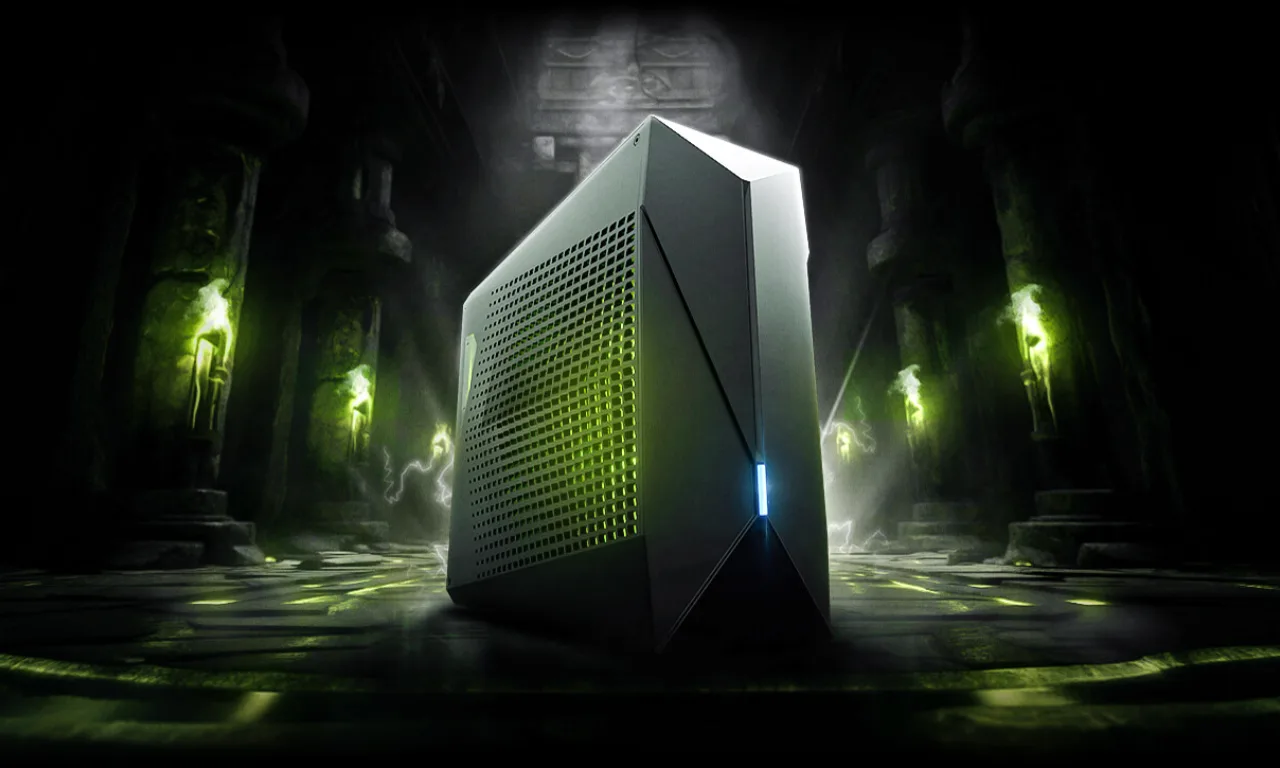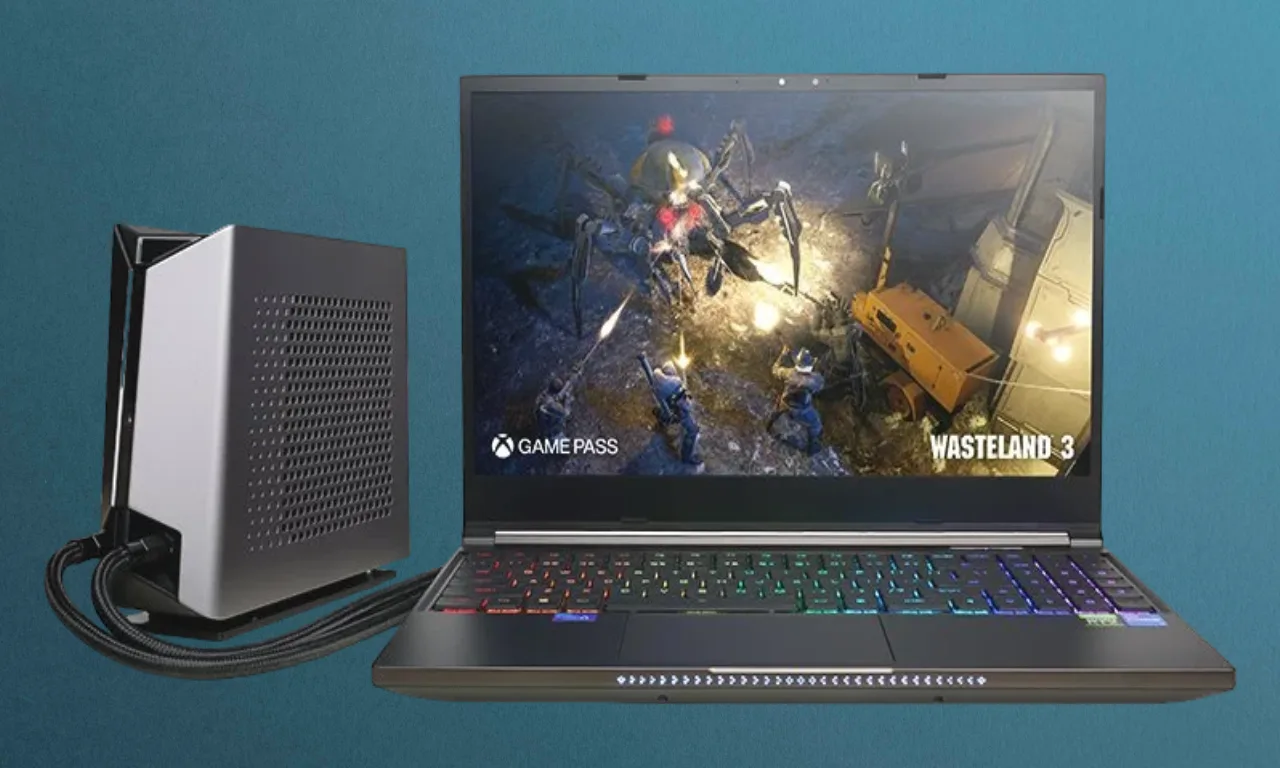When we think of water cooling, visions of huge, high-end desktop computers spring to mind, equipped with all sorts of tubes and pumps, like some wild science experiment instead of a gaming setup. You’d think it was crazy to even consider sloshing water around inside a sleek, compact laptop – it simply doesn’t sit right with the whole “sleek and compact” vibe. But, as technology advances, so does the ingenuity of laptop makers, potentially turning the tide on gaming laptop performance.
Gaming laptops keep getting more impressive. Manufacturers are competing to outdo each other with top-level performance, designing builds that are a joy to look at, and coming up with new and interesting ways to keep temperatures under control. Oh, and did we mention water cooling is super trendy in the gaming world right now? Originally a staple of high-end gaming PCs, it’s now also equipped in brand-new, top-of-the-line gaming laptops to help them deal with the heat generated by all the high-performance components.
How Water Cooling Works on a Laptop?
The setup of water cooling in laptops can vary a lot, as every manufacturer includes their own unique spin on it. Generally, the setup is similar to traditional air coolers: a metal plate draws heat from the CPU and GPU to a series of pipes or a vapor chamber. The key difference is the addition of a water line, which uses the liquid to help carry all that heat away, typically with copper piping to get the job done.
This isn’t a self-contained system, though. An external unit houses the main components, including the reservoir, pump, and radiator, all connected to the laptop with a simple and convenient quick-release mechanism. You might think this setup like a plumbing project gone mad, but the goal here is to keep things running smoothly, without overloading the laptop with too much extra mess. I’ve got to say that having the cooling components separate from the laptop is probably a good thing.

Is Water Cooling Important in a Gaming Laptop?
Think about pulling up to your desk, docking your laptop, and opening up games as if it were a PC. This is the promise of water-cooled laptops: you lift the thermal limitations that usually throttle mobile hardware. Not only will this mean high sustained performance, but it could also lead to a quiet system, reduced heat throttle, and in the end, a single device that serves as your desktop and mobile gaming machine.
Most tantalizingly, you don’t have to commit right away. Many systems designed with water cooling in mind allow you to opt into the setup post-purchase. If the external cooling unit is compatible with multiple laptop generations, the upgrade will likely pay dividends for years to come.
Benefits of Water Cooling
Water cooling systems, such as the ones in the XMG Neo series and Lenovo Legion 9i, offer some decent perks over traditional fan-based cooling. They’re great at handling the extra heat, so your laptop can perform fast and smoothly with no noise, and can last longer. One of the trailblazers is the XMG Oasis, which the company claims to be the world’s first commercially available water-cooled laptop system.
Liquid coolers make a difference in how well laptops perform. The XMG Neo 16, for example, comes with the Oasis water cooling system that largely increases its performance, not only in games but also very impressive in benchmarks. It highly reduces fan noise during gaming sessions or when you do heavy tasks.

Potential Drawbacks of the Liquid Cooling System
However, integrating water cooling systems in laptops is not without challenges. The elephant in the room with liquid cooling is, of course, the risk of leaks. Even though computers can afford the occasional leak with more room to manage disasters, the stakes are much higher in the compact laptop space. Manufacturers will likely provide good warranties to cover defects, but the risk of user error remains—a concern that’s mainly pronounced with a system you’ll frequently connect and disconnect. These coolers also increase the cost, add more weight to the unit, and make it a little more complex a machine.
As people start to get their hands on these systems, the real test will be their longevity and reliability under typical use. It’s an exciting prospect, undoubtedly. A successful water cooling integration in laptops could revolutionize the field, merging the power of desktop gaming rigs with the portability of notebooks.







